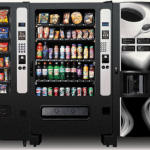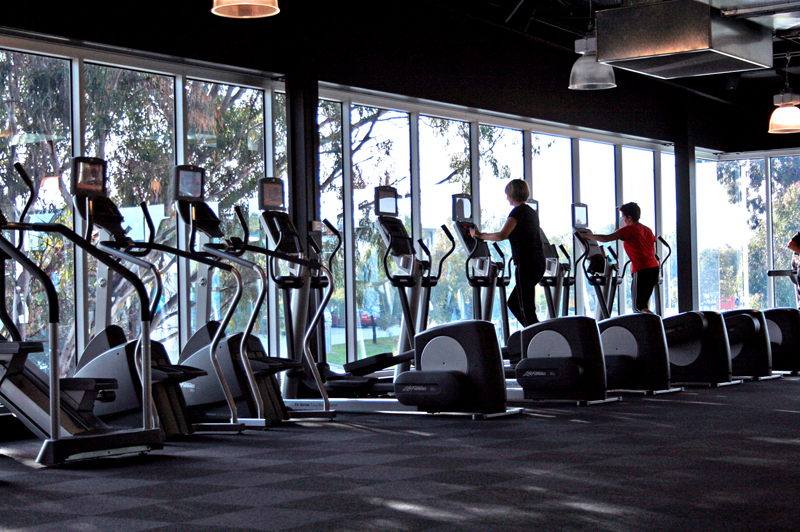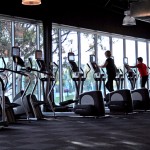The See and the Saw
Follow @procrnatom
By Liz Davis, Certified Personal Trainer
 Sit on a park bench, plant your feet firmly, close your eyes and visualize this:
Sit on a park bench, plant your feet firmly, close your eyes and visualize this:
You are energetic and tall, your core is solid,
your muscles taut, your breathing is even and relaxed,
you welcome the world with courage and confidence.
Now get up and walk toward what you see.
In his June 10 posting on ProCRNA.com, Tom Davis, CRNA, USAF Lt. Col (ret) and former Chief of the Division of Nurse Anesthesia at The Johns Hopkins Hospital, gives bullet-proof advice on developing and maintaining a Vision in Leadership. Your road map to physical fitness is encased in your personal view of how to achieve and maintain good health. Your physical well-being requires a personal vision.
When I work with wellness clients, we sit down for an interview in which we become acquainted with each other’s overall view of what wellness means. It doesn’t surprise me anymore to hear a potential client naively say, “I just want to lose ten pounds,” or “I’m getting ready for knee surgery and my doc says I have to get my quads in better shape first.” By the time our consultation is over, the potential client is a whole lot better informed about attempting to solve a health problem using a single stroke of the pen rather that creating a wellness vision, developing a plan for success and implementing it. When the consultee leaves the office he will either be sold or not buyin’.
Your surgeon truly does want you to develop better quads to enable a speedier return to normal after replacing your knee. But what she says and what you hear are not necessarily the same. She says, “Strengthen your quads,” and you may hear, “Go to a gym and do leg extensions.” Your internist says, “Lose 10 pounds to lower your cholesterol, and you may hear, “I will be healthy if I lose ten pounds.” Leg extensions will help strengthen your quads before knee surgery, and losing ten pounds will definitely lower your cholesterol, but neither insures a speedy recovery from surgery or a lifetime of quality HDL/LDL. A well-rounded plan will work wonders for achieving a wellness goal. A vision will work wonders for being able to live each day as part of the plan.
Consult a qualified fitness expert.
This is a must. Even if you have experience with exercise, getting another opinion, even an opinion to debate, is an important step in identifying your true needs. Pay for training with a qualified fitness expert OR go online and compare programs until you find one that wastes few dollars and makes common sense. Be absolutely certain to plan a well-rounded program that includes cardio, stretching, strength-training, Yoga and Pilates plus SAFE crunches.
Schedule your exercise time in cement.
Commit a definite time to exercise seven days a week and make it who you are, not just something you do. Those who say that exercising three to five days per week is sufficient are not wrong, they just aren’t addressing your state of mind. Three to five days is like belonging to a social club. But making a daily commitment to exercise who you are is like using the bathroom when you first get up each day. Your well-being will miss it when you miss it.
Establish a nutrition plan
You can do this by visiting a certified nutritionist or licensed dietician. You can take a class offered by your local health care provider. Or, you can go online again and find a common sense approach using a quality web site like Livestrong.com or Caloriecount.com. Stick to your food plan as if you were a politician in constant campaign mode.
Change your definition of the words “comfort, “hunger,” and satisfied.
There is no comfort in being overweight and overfat; there is little chance in the civilized world that you will ever experience actual hunger; and satisfaction is a noun. Daily structured exercise and a light, nutritious diet need to become your modus operandi for consistent wellness.
Weigh every Monday morning at the same time, au natural.
Weigh in the buff or wear precisely the same clothing items each and every time. Keep records of your wellness on a weight chart. Use a wellness journal to make daily and/or weekly entries of your progress, your state of physical being and your state of mind.
Assess and alter the plan.
Part of having a vision is “arriving” and enjoying the results. My older daughter’s high school cross country coach always spent the final practice before a meet having the runners sit in a dark room and visualize the entire running route, the hills, the rough paths, the potential pitfalls and especially, the final stretch. You will know in short order if your own exercise plan needs the adjustment, or if you do.
Your vision for wellness is very much like attending your grandparents’ 50th wedding anniversary without using google. The address is Wellness World, Fit City is the destination, the vision. The route you take is the implementation of your plan to arrive safely and on time. Celebration is what you do when you get there. Develop your vision and a healthful, efficient plan for implementation. Then get off the bench and on the road. Drive safely and soon you will see what you saw.





